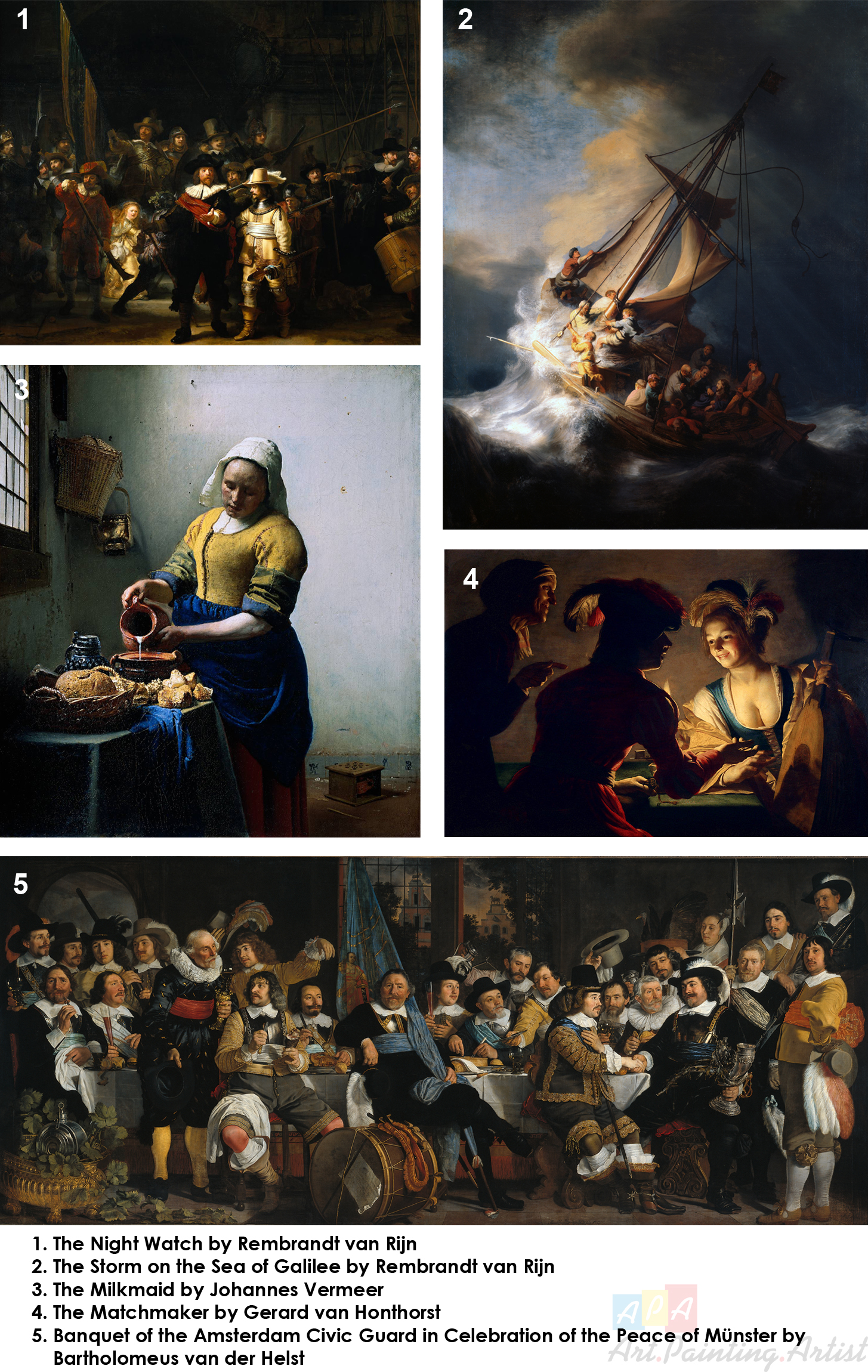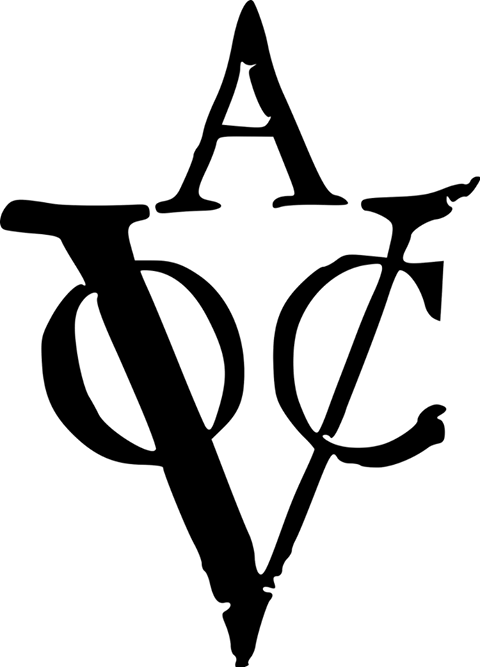After the renaissance took hold all over the European countries and brought many radical changes into every form of art, Netherlands one of the Low country, was about to have another splash of prosperous era for the traditional art. For the Dutch art, renaissance helped bring the new art-forms, styles and techniques but the subject of the art strictly remained religious and according to some studies about 40 % of the art-pieces were devotional depictions. The Dutch Golden Period broke through the subject-limitation in the arts (by the help of Calvinists) and allowed people to have more categories, and different types of subjects to choose from. At the end, the over the time, it was proved that if people are given enough choices, in arts, religion is not the only subject they will adorn the most. Even considered on the low levels on the Art hierarchy, the painting types of genre, still and landscape became equally or more popular than religious paintings over the time. In short, Dutch Golden Period could be said to be a break-through or the freedom of the subjects in Dutch art.
Time Period
The Golden Age is considered to happen during the whole seventeen century (some precisely notes as it spanning from 1615 to 1702). It took place simultaneously with European Baroque era. The early part of the century was a part of the Eighty Years’ War or Dutch War of Independence from 1568 to 1648. Other major events during the time were the entrance of the Calvinism movement in Netherlands which originated in early 16th century and got spread through many European countries over the time.
Another factor of boosting the country in every façade including arts was the growing wealth of the country and the general people. The main reason was the new founded route to “prosperous and affluent” India of that time. Four of the major nations of the European nations had established their companies to do ‘businesses’ with India. Netherland established its company called “Dutch East India Company” in 1602. The logo shown on the right is the VOC (Vereenigde Oost-Indische Compagnie) – Dutch East India Company’s logo of Amsterdam Chamber. Establishment of this caused some good business vibes and propelled the economics to some extent. Though, the growth didn’t happen only because of the company’s establishment, but such companies were a major push for the European economy.
People can afford to adorn art only when they are freed from the everyday chores and strains. They should have the freedom to love a thing which is not directly going to help them earn. And Dutch were having such time. At least, in the major cities.
At the time the Dutch East India Company was thriving and earning money by the sojourns to India, the wealthy people of the Amsterdam got wealthier. It propelled the process of immigration from other countries as well as people moving from villages to cities. During the times of 1600 to 1647, population in the major cities of Netherlands raised more than 100%. Amsterdam’s population grew more from 60000 to 14000 during the 47 years. This population growth also forced people to fill the seas and make lands. These lands were called Polders. Amsterdam became the Florence of Netherlands in matters of arts. Just like Florence was the epicenter of arts in Italy, Amsterdam was the attraction point for the Dutch artists during the period.
Artists’ rush toward the city had a simple reason. The city contained rich burghers (upper or middle class people with considerable possession of wealth) who were able to afford to commission painters to paint their or their whole family’s portraits. Artists’ came from everywhere to fulfill the demand and earn. Number of painting only in the 20 years after 1648 counts around a million of portraits.
Though, this craze for portraits brought a bad impact on the portrait art. In old times, the Dutch were very concerned about their appearance on the portraits. Showing off pride or superiority through paintings was considered immoral and inappropriate at the time. People were so apprehensive that even a standing posture or overly colorful profile was considered offensive. Thus, most portraits resulted in the static, dull colored, without much adoration or props included around the subject or with black background only depicting the bust of the subject.
Well, the reason of this fright and limited genre variation had its roots in the summer, 1566.
The Calvinists
Calvinism was uprising in the European countries for quite a while before 1566. Even though, after the official independence in 1648 the Dutch Reformed Church, with beliefs of Calvinism became the official religion of the nation, the first strike of the Calvinism happened on the nation’s churches in the summer of 1566.
Calvinists believed that salvation happens directly from god and not through the priests, saints or the devotional pictures. Due to these beliefs, they tore down every devotional picture from churches and broke such statues or any other devotional art for that matter in the religious places. This created a big lack of demand in religious pictures. One of the major identifying elements of the Dutch Golden Age was the lack of religious pictures.
People used to have religious pictures in their houses and were afraid of accidentally expressing their pride through the portraits. But, now due to Calvinistic mentality the artists were forced to paint in the other genres of the art. They tended toward the lower genres like landscape, still life and genre paintings. If we look at the statistics, people’s interested in the lower genres grew drastically over the time period, which was centered to the history and religious paintings before that time.
Now, people started to hang paintings of general life, landscape and still life in their houses as a decoration (side note: Dutch were great admirers of arts).
The Breakthrough 
This breakthrough of trying out the new genres also made people loosening the tight mentality of “not-expressing-pride” through paintings. People started to take those factors lightly and more normal, with different poses portraits began to be depicted.
A major change in the portraits was the new type of painting, Tronie. Tronies were type of portraits, but instead of depicting the rigid, emotionless faces of people, tronies focused on capturing the different moods and tempers of a person’s face. Thus, the aim wasn’t to only to depict the person’s face but also the present temperament or the mood; or generating a distinctive mood of the person in a portrait.
The most popular tronie is the “Girl with a Pearl Earring” by the Dutch artist Johannes Vermeer, which is often times called as Dutch Mona Lisa.
Some unwanted consequences of The Golden Age
The official reasons are unknown but after the Dutch Golden Age ended with end of the 17th century, after that time, no other artist have become popular outside of the country as much as the artists from the Golden Age such as Rembrandt, Johannes Vermeer were in their times.
The generation of artists after Golden Age came up with one answer to that problem. Their argument was that people were more interested in buying the artworks of dead artist instead of the living ones.
This could be true as there is only one exception of Vincet van Gogh in 19th century who also got famed only after his death. You can read about his life at the provided link, in which you will come to know that during his life, he wasn’t much celebrated or known as he got after his death.
Here are some pictures of some of the best art-pieces from the Dutch Golden Age. Most known art-piece “Girl with a Pearl Earring” is already represented above. 



its cool